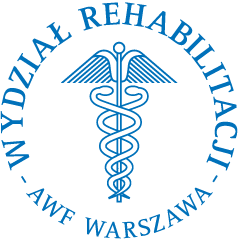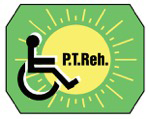


|
Current issue
Archive
Manuscripts accepted
About the journal
Editorial board
Reviewers
Abstracting and indexing
Contact
Instructions for authors
Publication charge
Ethical standards and procedures
Editorial System
Submit your Manuscript
|
4/2019
vol. 33 abstract:
Original paper
Assessment of the quality of life and the relationship between its level and sociodemographic factors and physical activity in the group of patients with Parkinson’s disease
Gabriela Szmul
1
,
Jolanta Kowal
1
,
Bernard Sozański
2
,
Agnieszka Wiśniowska-Szurlej
1
,
Agnieszka Ćwirlej-Sozańska
1
1.
Institute of Physiotherapy, Faculty of Medicine, University of Rzeszow
2.
Scientific and Medical Centre for Innovative Research, Faculty of Medicine, University of Rzeszow
Online publish date: 2019/12/30
View full text
Get citation
ENW EndNote
BIB JabRef, Mendeley
RIS Papers, Reference Manager, RefWorks, Zotero
AMA
APA
Chicago
Harvard
MLA
Vancouver
Introduction
Parkinson’s disease is a chronic condition that has a significant impact on one’s quality of life (QOL). There is a growing interest in the QOL of people with chronic illnesses. An individuals’ QOL is an important element of the overall assessment of health status and the effectiveness of treatment regimens. Material and method The study group consisted of 44 people with diagnosed Parkinson’s disease from the Krakow Association of People Affected by Parkinson’s Disease and the Association of People Affected by Parkinson’s Disease Ostoja in Krakow. The WHOQOL-Bref Questionnaire was used to assess QOL, while the IPAQ Questionnaire was used to evaluate the level of physical activity. Sociodemographic data were collected by means of a questionnaire. Results The lowest domain of QOL observed in the study group was psychological area (44.6 points), and the highest in the environmental area (60.5 points). The physical domain score was significantly related to age, marital status and duration of disease, whereas the psychological domain score was correlated with hypertension. The social domain score was associated with the level of education and their place of residence. The environmental domain score was associated with their material status and level of education. Greater levels of physical activity correlated with better QOL in the physical (p=0.005), psychological (p=0.001) and social domains (p=0.0001). Conclusions The study demonstrates the relationship between the QOL and various sociodemographic factors (age, education, marital status, place of residence, material status, duration of the disease and coexistence of hypertension) and the level of physical activity in individuals with Parkinson’s disease. keywords:
Parkinson’s disease, quality of life, physical activity |
    |